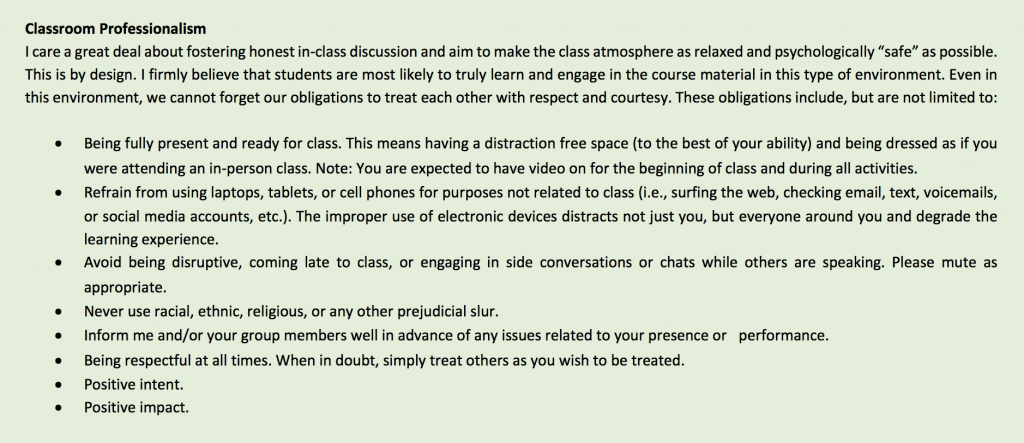Hope everyone is enjoying a nice, long weekend!
During this time of year, I usually reflect on the past year: what I accomplished, what I learned, what was hard, and what I am grateful for. This has been an unprecedented year where we have had to pivot more times than Ross carrying a couch up a flight of stairs in Friends.
This year is not like other years.
Attitude of Gratitude has been my 2020 mantra.
Despite ____________, I am grateful for ____________.
I have been fortunate to give back to a community that has helped shape me into who I am today. Giving back and volunteering has always been part of my life, and I would like to share a few SJSU resources and a few ways we can give back. Please share this with those in need and add resources you have found helpful.
Note: these links and services are active as of Nov 2020:
SJSU Cares: assists students who are facing economic crisis by providing support and referrals around basic needs. Some of the services include food, housing, emergency assistance, wellness and cooking tips, counseling services, various (free) workshops, and more.
Student Involvement: oversees student clubs and organizations, and hosts activities. Get involved as a student or help out as a faculty member. Check out the Spartan Speaker Series. They even have a Finals Assistance Program which includes tutoring and de-stressing activities.
eCampus: provides professional faculty development, teaching tools, research tools, technology support, design resources, educational workshops and programs, and more.
SJSU Library: offers services for students like late-night tutoring and research assistance, and services for faculty like classroom and publication support.
Volunteering Virtually: there are so many ways to give back regardless of where you are located. One of my favorites is making Cards for Hospitalized Kids.
Volunteering in Person: if you are comfortable volunteering in person, here are a few local opportunities: Second Harvest, Sacred Heart, San Jose Public Libraries, and even our Spartan Food Pantry.
Donating: can take the form of money or time or both. Donate items or money to the Spartan Food Pantry. Here is a full list of ‘How to Give to SJSU.’
Random Acts of Kindness: this one is my favorite. Pay for someone’s coffee or toll. Hold a door open. Nod (or do an eye smile through your mask) at a stranger. Say hello.
Please take care of yourself…
Whether you are a student about to enter the end of the semester papers-presentations-final sprint or a faculty member grading assignments, submitting proposals, and planning for next semester, I hope you can take some time to pause, reflect, and unwind.
As always, stay safe and healthy.


